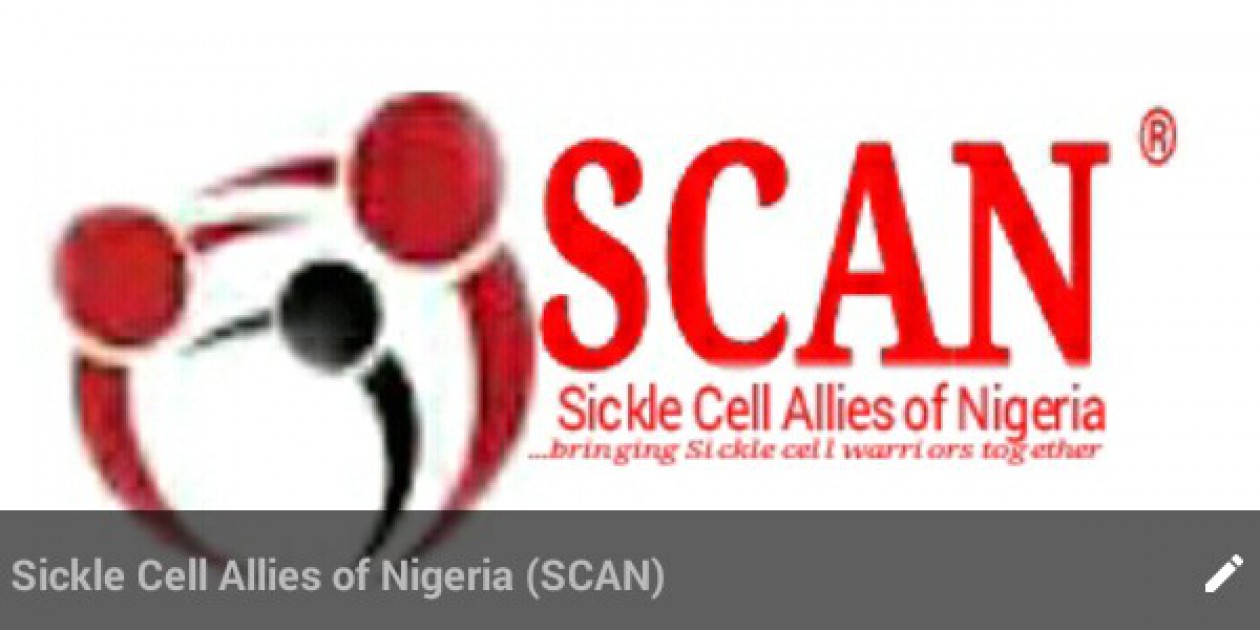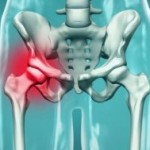Leg ulcers usually occurs on the lower part of the leg. They happen more often in males than in females and usually appear from 10 through 50 years of age. A combination of factors cause ulcer formation, including trauma, infection, inflammation, and interruption of the circulation in the smallest blood vessels of the leg.
Leg ulcers may be classified as acute or chronic according to their duration, however, there is no consensus as to a specific length of time to define chronicity. An acute ulcer usually should heal in less than a month. Among chronic ulcers, a duration of six months seems to define the most recalcitrant ulcers. It is not uncommon for ulcers to last many years, often closing and re-opening repeatedly times.
Leg ulcers are painful and often disabling complications of SCD. They tend to be indolent, intractable and heal slowly over months to years. The pain may be severe, excruciating, penetrating, sharp and stinging in nature. In most patients, oral or parenteral opioid analgesics are needed to achieve some pain relief. Leg ulcers are more common in males in some studies and their incidence increases with age.
Leg Ulcers tend to be difficult to treat successfully, healing slowly over months or years. They can severely disrupt quality of life, increase disability, require extended absence from the workplace, and place a high burden of care on healthcare systems.
Treatment
Leg ulcers can be treated with medicated creams and ointments. Leg ulcers can be painful, and patients can be given strong pain medicine. Management of leg ulcers could also include the use of cultured skin grafts. This treatment is provided in specialized centers. Bed rest and keeping the leg (or legs) raised to reduce swelling is helpful, although not always possible.
Treatment of leg ulcers includes wound care using wet to dry dressings. With regular and good localized treatment, many small ulcers may heal within a few months. Leg ulcers that persist beyond 6 months may require other modalities including, among other things, blood transfusion, skin grafting, Unna boots, zinc sulphate, hyperbaric oxygen, arginine butyrate, topical herbal applications, etc. Unfortunately success or failure of these measures has been anecdotal in nature without the advantage of controlled clinical trials to identify the best approach to management.
Principles of management of leg ulcers include education, protection, infection control, debridement and compression bandages. Debridement could be surgical, medical or biological. Osteomyelitis may complicate chronic leg ulcers, especially those with deep wounds, and it is advisable to rule out this complication with a bone scan or MRI and bone biopsy if needed. Rarely, a leg ulcer is the cause of systemic infections, and occasional deaths attributable to sepsis secondary to a leg ulcer infection have been reported. Also exceedingly rare is the need for amputation of the leg or the foot affected by the ulcer.
Nursing Considerations
Provide education to patient:
Avoid injury especially to feet, ankles and legs
To wear socks and appropriate fitting shoes
Use insect repellants
Avoid prolonged periods of time on feet
Do not allow needle sticks to lower extremities
Treat minor trauma promptly
Do not smoke
Teach patient treatment and protective measures
Types of dressings and changing techniques
Using aseptic technique when dressing wound
Elevate legs as much as possible
Eat a nutritious, well balance diet and take zinc supplements as ordered
Reinforce that compliance with treatment is the most important determinant of successful healing
Educate about judicious use of narcotics for this chronic pain and alternative pain control methods
Teach patient to avoid trauma, keep skin lubricated, leg as often as possible and to wear elastic support hose after the ulcer area heals to prevent recurrence
Provide counseling if patient is experiencing self/body image issues interfering with therapy
Prevention
Prevention of leg ulcers is very important. Patients must be instructed to treat minor trauma around the ankles promptly. Insect repellants and protection from chiggers is important. Edema should be treated with elevation of the legs or elastic stockings.
Once the ulcer heals, the patient should be instructed to avoid trauma to area, lubricate the area with skin moisturizers, and treat edema with leg elevation and elastic support. In our experience, edema is the single most common antecedent to recurrence of a leg ulcer.
Patient and Parent Education
Prevention of ulcers must be stressed beginning in childhood. The patient undergoing treatment must be given complete instructions and education about the normal course of treatment. The long-term nature of the ulcers and the importance of consistent and regular care must be stressed. Painful ulcers require education about judicious use of narcotic analgesics for chronic pain. Once the ulcer is healed all of the method of prevention must be reinforced with each visit.


